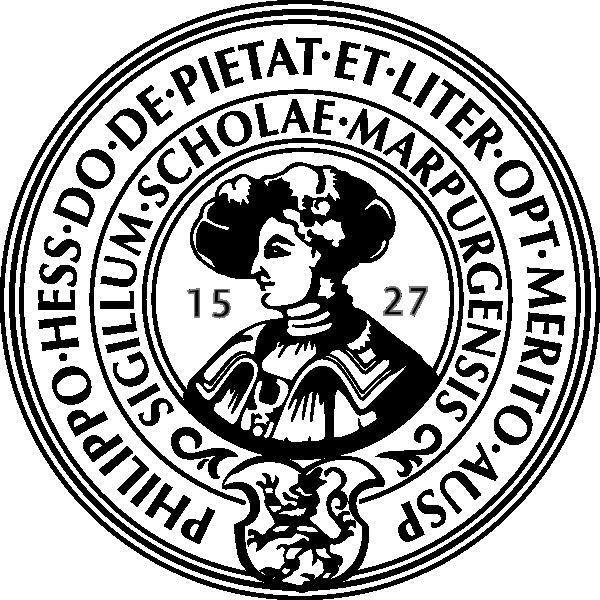Type Public university President Katharina Krause Location Marburg, Germany Total enrollment 26,820 (2015) | Established July 1, 1527 Students c. 25,000 Phone +49 6421 2820 Admin staff 7,500 | |
 | ||
Administrative staff c. 7,500 (incl. hospital staff, 2005) Founder Philip I, Landgrave of Hesse Founded 1 July 1527, Marburg, Germany Affiliation Compostela Group of Universities Notable alumni Hannah Arendt, Boris Pasternak, Otto Hahn, Wilhelm Grimm, Karl Ferdinand Braun Similar Goethe University Frankfurt, University of Giessen, University of Göttingen, Albert Ludwigs University, Heidelberg University | ||
University of marburg summer university
The Philipp University of Marburg (German: Philipps-Universität Marburg), was founded in 1527 by Philip I, Landgrave of Hesse (usually called the Magnanimous, although the updated meaning "haughty" is sometimes given) as one of Germany's oldest universities, dating back to a Protestant foundation. As a state university it no longer has any religious affiliation.
Contents
- University of marburg summer university
- University of marburg
- History
- Nazi period
- Academics
- Notable alumni and faculty
- List of subjects
- Collections of the university
- References
It was the main university of the principality of Hesse and remains a public university of that state. It now has about 25,000 students and 7,500 employees, making Marburg, a town of 72,000 inhabitants, the proverbial "university town" (Universitätsstadt). Though most subjects are grouped, the University of Marburg is not a campus university in the broader sense. About 12% of the students are international, the highest percentage in Hesse. It offers an International summer university programme every summer and has an awarded ERASMUS programme.
Marburg is home to one of Germany's most traditional medical faculties. The German physicians' union is called Marburger Bund.
University of marburg
History
In 1609, the University of Marburg established the world's first professorship in chemistry. In 2012 it opened the first German participative chemistry museum, called Chemicum. Its experimental course programme is aimed at encouraging young people to pursue careers in science.
Nazi period
20 professors were expelled in 1933, among them Wilhelm Röpke who emigrated and Hermann Jacobsohn who committed suicide.
Academics
The university is most famous for its life sciences research, but is also home to one of the few centers that conduct research on the middle east, the CNMS (center for near and middle eastern studies). The departments of psychology and geography enjoy an outstanding reputation and reached Excellence Group status in the Europe-wide CHE Excellence Ranking 2009.
According to the 2012 QS Ranking, the university ranked among the top 30 German universities. The ARWU ranking which is more focused on research, ranks the university around 200, with its life sciences and social sciences department in the 151-200 range worldwide.
The strong research is also illustrated by its participation in several SFBs (Sonderforschungsbereiche). These collaborative research centres are financed by the German Science Foundation DFG. They encourage researchers to cross the boundaries of disciplines, institutes, departments and faculties within the participating university. The current SFB at Philipps-University Marburg are:
Notable alumni and faculty
Natural scientists who studied or taught at the University of Marburg:
Marburg was always known as a humanities-focused university. It retained that strength, especially in Philosophy and Theology for a long time after World War II. Theologians include:
Philosophers include:
Other notable students and faculty include:
List of subjects
The University of Marburg offers a broad spectrum of subjects with research highlights in nano sciences, material sciences, near eastern studies, and medicine.
